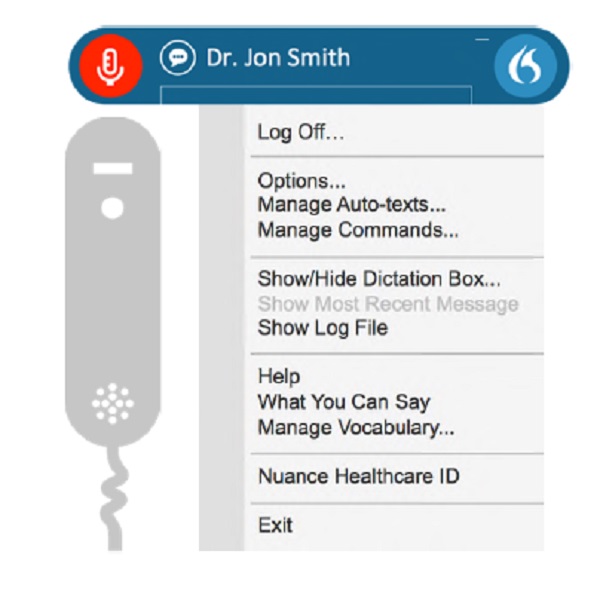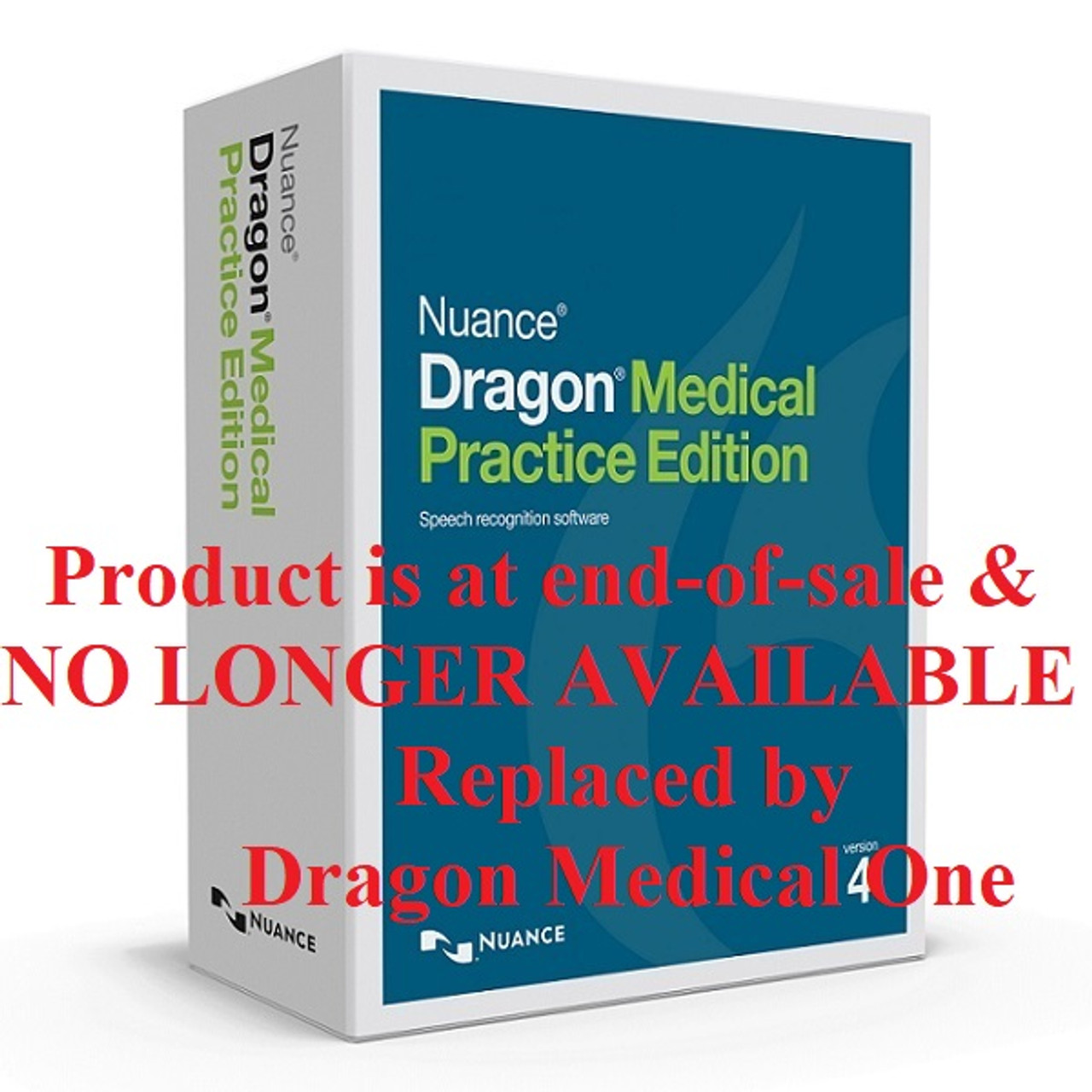

You do not want another provider to use Dragon and mess up the voice recognition it has developed for you.

Either say, “Manage vocabulary” or navigate there through the Dragon button. It’s easy to add words to your vocabulary list - for example, teaching Dragon One that when you say “jay hock” it should write JHOC. To access it, click the blue Dragon button and go to options, then general, then check the box that says “anchor the speech focus when recording is started.” Click “apply all” and close. This lets users dictate in one application while opening and closing others.

Tip: You don’t need to fill in the description field. Special characters are not allowed, and acronyms must be in all capital letters, with spaces between. When the dialogue box opens, click + and enter what you want to say to access the material, such as, “Insert pain medication instructions.” In the “content” box, write the material that you want to appear when you say the word. To create an auto text, say, “Manage auto texts” or navigate there through the Dragon button. Use the auto-texts feature for frequently used language.For a list of commands, ask, “What can I say?” Dictate commands and punctuation, for example saying the words “colon,” “new paragraph” or “end sentence.” Pause briefly before and after a command. Speak clearly, at a normal pace and using complete sentences. Speak directly into the microphone, not across it. Press and hold the microphone button for a half-second before talking. The microphone on your phone works best when it’s about 1 to 3 inches from your mouth and off to the side. “It recognizes the medical terms and the names of the medications that I use.”īelow are some Dragon Medical One tips provided by Michelle Campbell, administrator for ambulatory operations for Johns Hopkins University School of Medicine, and Danny Lee, chief medical informatics officer at Johns Hopkins Community Physicians. “I have been incredibly impressed by how accurate the dictation is,” says Nestoras Mathioudakis, clinical director for endocrinology, diabetes and metabolism. In areas with much background noise, such as emergency departments or intensive care units, a microphone or headset attached to the clinical workstation may work better than the PowerMic Mobile app. To use Dragon, clinicians can listen through the headset attached to the clinical workstation, or use their smartphone by installing the PowerMic Mobile app to their mobile device, using either Workplace ONE Intelligent Hub or the Microsoft Intune Company Portal. There is also a Learning link next to Dragon on the tool bar, which takes users to the Learning Dashboard with more Dragon resources. “Dragon Medical One in Epic permits real-time, quality transcription,” says internist Joseph Cofrancesco Jr. “I can close my note after seeing a patient and not have this hanging over me.”Īll providers will see the Dragon Medical One icon on the Epic tool bar. Clinicians are using it to take notes during their patient encounters, providing the double benefit of letting patients hear the notes, while reducing the time spent adding and editing them - time that might otherwise be required during evenings and weekends. 14, adds text in Epic when the user speaks into a microphone on a mobile device. Early reviews have been positive for the voice recognition tool, introduced as part of the Joy at Johns Hopkins Medicine initiative.

Dragon Medical One is now available in the Epic electronic medical records system for clinicians with prescribing ability across Johns Hopkins Medicine.


 0 kommentar(er)
0 kommentar(er)
